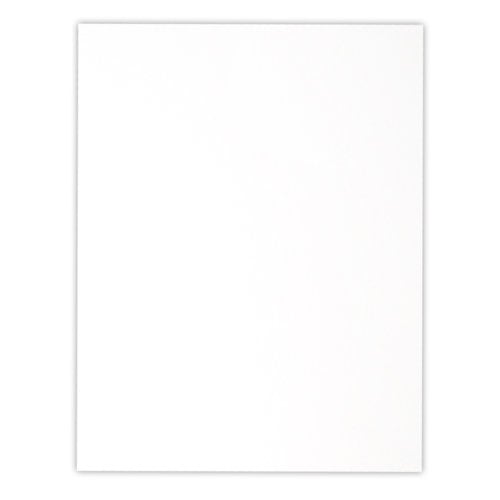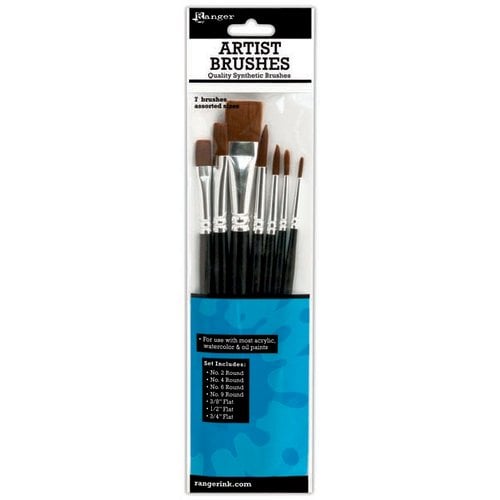Building dimension in one layer
Although cards are a 2-D art, I really try to add dimension to my cards. I typically achieve this through layering papers, die cuts and adding sequins. In the Altenew Academy class, One Layer Wonders, the instructor pushes the boundaries for how to achieve the look of dimension in only one layer. I took this challenge on and using the idea of drop shadows and lines to build a focal point throughout the image, I built a card using only one layer of paper. To be fair, I did do all the work on an A2 panel and then attached that panel to a card base. Please read on for how I was able to achieve dimension and depth using just one layer.
Building the scene
Building any one layer card requires masking. When masking, it is important to determine which items will be in the foreground and which in the far ground. Using Altenew Vintage Tea Cup stamp set, I stamped a sentiment from the stamp set on the lower third of a piece of Tim Holtz watercolor paper that had been cut to 4 1/4x5 1x2". I then masked this sentiment off using some masking paper. I took the tea cup stamp and stamped it over the sentiment using Gina K black Amalgam Ink. I then fussy cut out a mask and placed it over the tea cup. I stamped the saucer from the set and then another tea cup. The tea cups were going to be stacked inside each other. In stacking the tea cups, it is important not to stamp the back rim of the tea cup (I just placed some masking tape on the stamp over this portion). After stamping the saucer, I took off the tea cup mask and placed it on the second tea cup and stamped the third tea cup. I continued until I had stamped four tea cups.

On the face of the tea cups, I wanted to add a floral detail from the stamp set. Using Gina K Amalgam ink in Warm Glow I stamped the floral detail on each tea cup making sure the masks were in place. I also stamped a floral detail on the saucer. These images are now ready to be colored. Amalgam ink can handle coloring in many different media like: watercolor, alcohol markers and colored pencils.
Adding color and shadow
In the class, the instructor continued to stress the importance of shading and building shadows. I wanted to watercolor these images so I brought out the Altenew Watercolor Brush Markers. I really like these brush markers as they are easy to apply and lay down vibrant color. I also work on the Tim Holtz glass mat which has a palette mixing section. I colored the floral images first with Rouge and Rubelite and the leaves with Mountain Mist and Emerald. I then started on the background to allow the flowers to dry. I imagined the light source from the top right hand corner which would make everything on the right side of the paper light and everything on the left side of the paper dark. I put down Autumn Breeze and added Espresso and Evening Gray to the left side to darken the color. Finally, I got to the tea cups and colored them with Lagoon.
After I was finished I felt that the watercolor was too light. I am a novice with watercolor and am still unsure about adding darker colors without losing the image details. I decided to add shading with Copic Markers because I could control the shadows better. I also added a drop shadow using C5, C3 and C1 around the left side of the tea cups. Around the sentiment, I used a Micron black pen in 05 to add a border. I kept going over the lines until I had the width I liked. To that border, I added a drop shadow with C3 and C1 markers. These shadows really help the images to pop off the page.
Final Details
Using some fine line pens, I added some details to the flowers, tea cup and the card base. Around all the floral images, I traced the stamp lines with a .03 Copic Multiliner pen in Sepia. This tracing adds detail to the flowers and makes them stand out again. On the base of first tea cup and to a section of the saucer, I traced a line with a Uni Ball Gold Gel Pen. Before adding the card to my card base, I cut off about 1/8" from one vertical and one horizontal side. For the final touch, I used a Micron black pen in 01 to draw a straight border around the card. The Tim Holtz tool set comes with a straight edge that hooks to the side of the mat. I used this tool to get a perfect straight edge. The border around the card really finishes off this simple design.
Thank you for joining me today. This card design and execution were very involved but I really like the end result. I highly recommend the Altenew class, One Layer Wonders to learn some simple ways to achieve a dimensional look without dimension. In the comments below, let me know if you like to make one layer cards. I hope you have a very crafty day.
For your convenience, supplies are listed below. Affiliate links are used at no cost to you. Thank you for your support.
Kristina Hein
3/4/2019 09:00:28 pm
Beautifully done!
Amy/Sevenscrafts
3/5/2019 05:47:54 am
Thank you so much, Kristina for commenting. I am so glad you liked the card design. 3/5/2019 03:04:15 pm
Phenomenal work Amy!!
Amy/Sevenscrafts
3/8/2019 02:12:15 pm
Thank you so much Erum. I am still learning watercoloring so I am glad you liked the card.
Virginia
3/8/2019 03:16:49 pm
This is quite the masking! You are a master at it and this tutorial is simply outstanding!
Amy/Sevenscrafts
3/11/2019 03:48:23 pm
Thank you, Virginia! It’s a lot of fussy cutting but totally worth it. Comments are closed.
|
AuthorWelcome to Seven's Crafts and thank you for stopping by. I am a mom, teacher and avid paper crafter. I hope these posts will leave you feeling inspired and ready to do some crafting. Archives
November 2021
Categories
All
|























 RSS Feed
RSS Feed